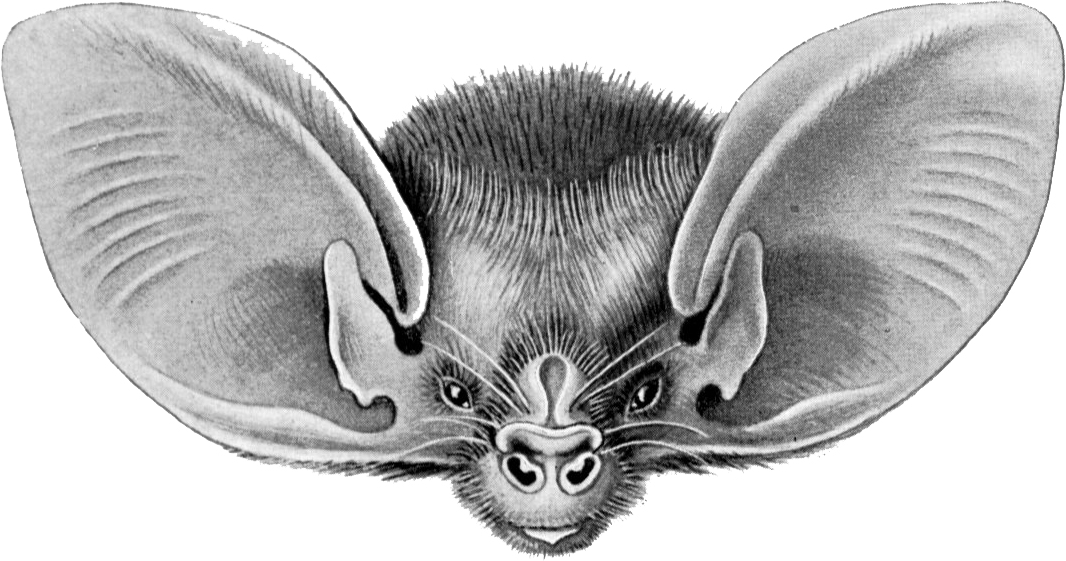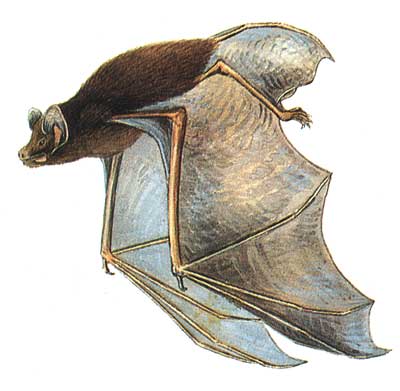|
Petrochelidon Ariel
The fairy martin (''Petrochelidon ariel'') is a member of the swallow family of passerine birds which breeds in Australia. It is migratory wintering through most of Australia, with some birds reaching New Guinea and Indonesia. It is increasingly a wanderer to New Zealand, where it may have bred. This species is frequently placed in the genus ''Hirundo'' as ''Hirundo ariel''. It is monotypic. This is a bird of open country near water, and is usually seen near its nest sites in cliffs, culverts or bridges. Description The fairy martin is dumpy and square tailed. It averages long and weighs . The adult has an iridescent blue back, brown wings and tail, a rufous crown and nape, and a whitish rump. The underparts are dull white. The sexes are similar, but young birds are duller and browner, with a paler forehead and pale fringes to the back and wing feathers. This species can be distinguished from other Australian swallows by its pale rump. The most similar species, the tree martin ... [...More Info...] [...Related Items...] OR: [Wikipedia] [Google] [Baidu] |
John Gould
John Gould (; 14 September 1804 – 3 February 1881) was an English ornithologist. He published a number of monographs on birds, illustrated by plates produced by his wife, Elizabeth Gould, and several other artists, including Edward Lear, Henry Constantine Richter, Joseph Wolf and William Matthew Hart. He has been considered the father of bird study in Australia and the Gould League in Australia is named after him. His identification of the birds now nicknamed "Darwin's finches" played a role in the inception of Darwin's theory of evolution by natural selection. Gould's work is referenced in Charles Darwin's book, ''On the Origin of Species''. Early life Gould was born in Lyme Regis, the first son of a gardener. Both father and son probably had little education. After working on Dowager Lady Poulett's glass house, his father obtained a position on an estate near Guildford, Surrey, and then in 1818, Gould Snr became foreman in the Royal Gardens of Windsor. Gould then be ... [...More Info...] [...Related Items...] OR: [Wikipedia] [Google] [Baidu] |
Fairy Martin Dayb95
A fairy (also fay, fae, fey, fair folk, or faerie) is a type of mythical being or legendary creature found in the folklore of multiple European cultures (including Celtic, Slavic, Germanic, English, and French folklore), a form of spirit, often described as metaphysical, supernatural, or preternatural. Myths and stories about fairies do not have a single origin, but are rather a collection of folk beliefs from disparate sources. Various folk theories about the origins of fairies include casting them as either demoted angels or demons in a Christian tradition, as deities in Pagan belief systems, as spirits of the dead, as prehistoric precursors to humans, or as spirits of nature. The label of ''fairy'' has at times applied only to specific magical creatures with human appearance, magical powers, and a penchant for trickery. At other times it has been used to describe any magical creature, such as goblins and gnomes. ''Fairy'' has at times been used as an adjective, with a me ... [...More Info...] [...Related Items...] OR: [Wikipedia] [Google] [Baidu] |
Birds Of Australia
Australia and its offshore islands and territories have 898 recorded bird species as of 2014. Of the recorded birds, 165 are considered vagrant or accidental visitors, of the remainder over 45% are classified as Australian endemics: found nowhere else on earth. It has been suggested that up to 10% of Australian bird species may go extinct by the year 2100 as a result of climate change. Australian species range from the tiny weebill to the huge, flightless emu. Many species of Australian birds will immediately seem familiar to visitors from the Northern Hemisphere: Australian wrens look and act much like northern wrens, and Australian robins seem to be close relatives of the northern robins. However, the majority of Australian passerines are descended from the ancestors of the crow family, and the close resemblance is misleading: the cause is not genetic relatedness but convergent evolution. For example, almost any land habitat offers a nice home for a small bird that specia ... [...More Info...] [...Related Items...] OR: [Wikipedia] [Google] [Baidu] |
Petrochelidon
''Petrochelidon'' is a genus of birds known as cliff-nesting swallows. The genus name ''Petrochelidon'' is from the Ancient Greek words ''petros'', "rock", and ''khelidon'', "swallow". The genus includes all of the five species of birds commonly called cliff swallow, and contains the following species In biology, a species is the basic unit of classification and a taxonomic rank of an organism, as well as a unit of biodiversity. A species is often defined as the largest group of organisms in which any two individuals of the appropriate s ...: Species in taxonomic order References External links''Petrochelidon'' at Animal Diversity Hirundinidae Bird genera {{Hirundinidae-stub ... [...More Info...] [...Related Items...] OR: [Wikipedia] [Google] [Baidu] |
Nyctophilus Geoffroyi
''Nyctophilus geoffroyi'' is a vespertilionid bat, a flying nocturnal mammal found in Australia, The species is relatively common. They have been referred to as the lesser long-eared bat. Taxonomy It is the type species of genus ''Nyctophilus''. Molecular data indicate Vespertilionidae, the family to which the lesser long-eared bat belongs, diverged from the family Molossidae (free-tailed bats) in the early Eocene period. The family is thought to have originated somewhere in Laurasia, possibly North America. The genus ''Nyctophilus'' itself has a limited fossil record, dating back only to the Pleistocene, the species is referenced in the material found in deposits. Australian Museum The species was recognised by |
Chalinolobus Gouldii
Gould's wattled bat (''Chalinolobus gouldii'') is a species of Australian wattled bat named after the English naturalist John Gould.Chruszcz, Bryan & Barclay, M. R. (2002)''Mammalian Species'' Chalinolobus gouldii The American Society of Mammalogists. (pdf) Description ''C. gouldii'' is the largest of the genus ''Chalinolobus'', a group distinguished by fleshy lobes located at the corners of its mouth. For individuals throughout their range, the average length (head and body) is 70 ± 5 mm and average mass is 14 ± 4 g. Distribution and habitat ''C. gouldii'' is known throughout mainland Australia (excluding northern Cape York Peninsula and Nullarbor Plain) as well as Tasmania, New Caledonia, and Norfolk Island. ''C. gouldii'' is found in a variety of habitats. In wooded areas, they are mostly arboreal, though they have also been found in the stumps and hollow limbs of trees or in bird nests. They may also inhabit urban settings, such as the ceilings and basements o ... [...More Info...] [...Related Items...] OR: [Wikipedia] [Google] [Baidu] |
Chalinolobus Dwyeri
The large-eared pied bat (''Chalinolobus dwyeri'') is a species of vesper bat in the family Vespertilionidae. It can be found in Australia. See also *Threatened fauna of Australia *List of bats of Australia This is the list of bats of Australia,Churchill, S. (2008) ''Australian bats'', Allen & Unwin, Sydney a sub-list of the list of mammals of Australia. About 75 bat species are known to occur in Australia, Lord Howe and Christmas Island.Menkhorst ... References Bats of Australia Mammals of Queensland Mammals of New South Wales Chalinolobus Mammals described in 1966 Vulnerable fauna of Australia Taxonomy articles created by Polbot {{Vespertilionidae-stub ... [...More Info...] [...Related Items...] OR: [Wikipedia] [Google] [Baidu] |
Chalinolobus Morio
The chocolate wattled bat, species ''Chalinolobus morio'', is a bat in the family Vespertilionidae. It is found only in Australia, including the island Tasmania, and widespread in southern regions. It is known to reside from sea level to at least in Victoria. Taxonomy A description of the species was published by John Edward Gray in 1841, assigning it to the genus '' Scotophilus''. There are three synonyms for the species: ''Chalinolobus australis'', ''Chalinolobus microdon'', and ''Chalinolobus signifer''. Taxonomic research on the isolated populations is lacking. The name of the genus is derived from ancient Greek: ''chalinos'', meaning 'bridle', and ''lobos'', lobe. The specific epithet is also from the greek name Moros, the "son of night". The term 'wattled' refers to a characteristic of its related species, a conspicuous lobe at the head. Description A vespertilionid, with a rich and nearly uniform brown colour that resembles milk chocolate. The colour is often li ... [...More Info...] [...Related Items...] OR: [Wikipedia] [Google] [Baidu] |
Petrochelidon Ariel Nests
''Petrochelidon'' is a genus of birds known as cliff-nesting swallows. The genus name ''Petrochelidon'' is from the Ancient Greek words ''petros'', "rock", and ''khelidon'', "swallow". The genus includes all of the five species of birds commonly called cliff swallow, and contains the following species In biology, a species is the basic unit of classification and a taxonomic rank of an organism, as well as a unit of biodiversity. A species is often defined as the largest group of organisms in which any two individuals of the appropriate s ...: Species in taxonomic order References External links''Petrochelidon'' at Animal Diversity Hirundinidae Bird genera {{Hirundinidae-stub ... [...More Info...] [...Related Items...] OR: [Wikipedia] [Google] [Baidu] |
Moth
Moths are a paraphyletic group of insects that includes all members of the order Lepidoptera that are not butterflies, with moths making up the vast majority of the order. There are thought to be approximately 160,000 species of moth, many of which have yet to be described. Most species of moth are nocturnal, but there are also crepuscular and diurnal species. Differences between butterflies and moths While the butterflies form a monophyletic group, the moths, comprising the rest of the Lepidoptera, do not. Many attempts have been made to group the superfamilies of the Lepidoptera into natural groups, most of which fail because one of the two groups is not monophyletic: Microlepidoptera and Macrolepidoptera, Heterocera and Rhopalocera, Jugatae and Frenatae, Monotrysia and Ditrysia.Scoble, MJ 1995. The Lepidoptera: Form, function and diversity. Oxford, UK: Oxford University Press; 404 p. Although the rules for distinguishing moths from butterflies are not well establishe ... [...More Info...] [...Related Items...] OR: [Wikipedia] [Google] [Baidu] |
Tree Martin
The tree martin (''Petrochelidon nigricans'') is a member of the swallow family of passerine birds. It breeds in Australia, mostly south of latitude 20°S and on Timor island. It is migratory, wintering through most of Australia, New Guinea, Indonesia east of the Wallace Line and the Solomon Islands. It is a vagrant to New Zealand, where it has bred, and New Caledonia. This species is frequently placed in the genus ''Hirundo'' as ''Hirundo nigricans''. This is a bird of open woodland, preferably with large trees to provide nest holes. It is increasingly common in urban and suburban areas. Description The tree martin averages 13 cm long and has a shallowly forked tail. The adult has an iridescent blue back and crown, brown wings and tail, a rufous forehead and a whitish rump. The underparts are white. The sexes are similar, but young birds are duller and browner, with a paler forehead and pale fringes to the back and wing feathers. The call of this vocal swallow is a ''tsw ... [...More Info...] [...Related Items...] OR: [Wikipedia] [Google] [Baidu] |
Swallow
The swallows, martins, and saw-wings, or Hirundinidae, are a family of passerine songbirds found around the world on all continents, including occasionally in Antarctica. Highly adapted to aerial feeding, they have a distinctive appearance. The term "swallow" is used colloquially in Europe as a synonym for the barn swallow. Around 90 species of Hirundinidae are known, divided into 19 genus, genera, with the greatest diversity found in Africa, which is also thought to be where they evolved as hole-nesters. They also occur on a number of oceanic islands. A number of European and North American species are long-distance bird migration, migrants; by contrast, the West and South African swallows are nonmigratory. This family comprises two subfamilies: Pseudochelidoninae (the river martins of the genus ''Pseudochelidon'') and Hirundininae (all other swallows, martins, and saw-wings). In the Old World, the name "martin" tends to be used for the squarer-tailed species, and the name "swal ... [...More Info...] [...Related Items...] OR: [Wikipedia] [Google] [Baidu] |

_by_John_Gould.jpg)




.jpg)

